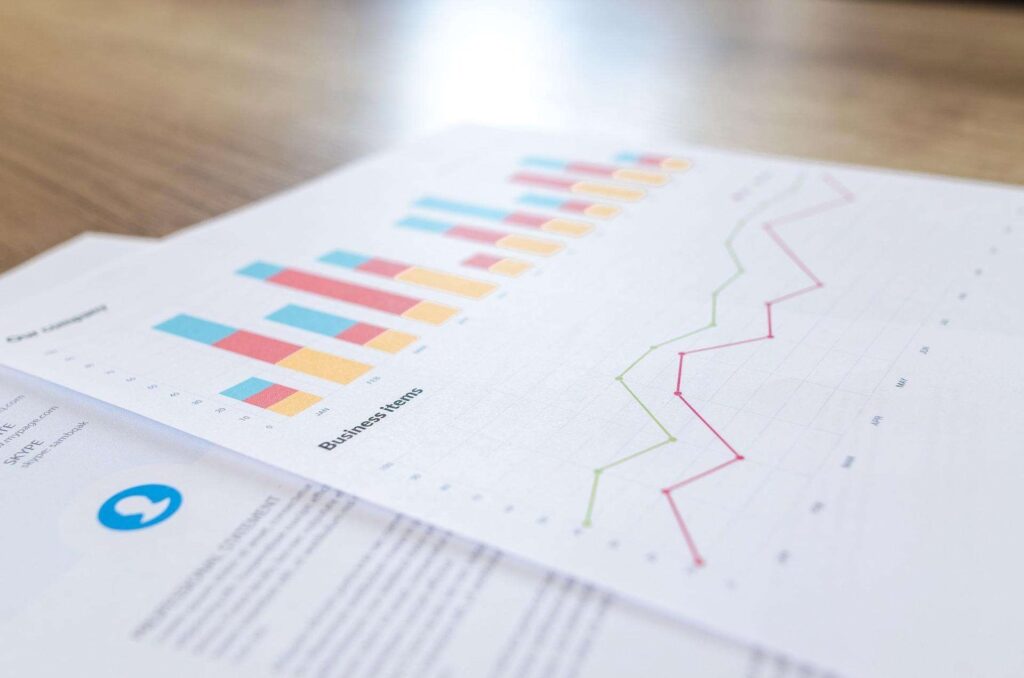What is ADTV(average daily trading volume)? Limitations of ADTV

One of the essential criteria in technical analysis is volume. Let’s look at how to compute the average daily trading volume, look at some instances, and see how to use it.
What is ADTV or Average daily trading volume?

Investors refer to the number of shares of a specific stock that change hands on average during a single trading day as Average Daily Trading Volume (ADTV).
The average daily trading volume (ADTV) can be determined for five days, ten days, etc. The average trading volume for 20 or 30 days is a regularly used ADTV metric.
The average daily trading volume of a single stock, options on a stock, or market indexes like the Nasdaq 100 are all tracked.
The average daily value indicator is an alternative to the average daily trading volume indicator. The average daily value of a stock calculates the average dollar amount traded daily.
William O’Neil’s ‘How to Make Money in Stocks’ popularized the use of average volume as one of several data sources for investing decisions.
O’Neil emphasized the importance of paying attention to average daily trading volume for two reasons:
- Ensure that a stock is liquid enough to trade fast
- To ensure that stock traders’ present supply and demand are on your side
When a stock’s price declines, its daily volume should be lower than the usual daily volume, indicating that selling pressure is easing.
When a stock’s price has been consolidated and isn’t growing much, you would like to see increasing volume as the prices begin to rise, indicating more buyers are entering the market.
When a stock’s price increases, you want the increased volume to suggest that it will continue to grow.
Average daily trading volume (ADTV) formula. How to calculate the average traded price?
The formula for calculating a stock’s average daily trading volume is exceptionally straightforward. Multiply the total trading volume for each day over the period you wish to compute the average volume by the number of trading days.
ADTV for α days = Total volume traded during a day / α
To make things even easier, you can use volume technical indicators to attach to a stock chart and choose the number of days you would want to estimate the average daily trade volume.
The technical indicator will calculate the average volume for you and update it every trading day.

Why is trading volume important to investors?
1. Indicates the amount of curiosity in a stock/ETF.
The average daily trading volume is essential to stock market participants. The foremost thing is that trading volume measures how much interest all prospective stock traders have in a specific stock.
A low average trading volume for a company suggests that few individuals are monitoring or interested in it and that few financial institutions are committed to a position.
It usually means that market analysts agree that the stock has a limited chance of appreciating significantly at a price.
2. Indicates the amount of trade liquidity available.
The average daily trading volume also indicates how liquid a stock/trading ETF is.
Liquidity is significant for investors because it influences the bid and asks spread in the price of a stock/ETF, indicating how simple or difficult it is to enter or exit a position in the stock/ETF at an investor’s desired price.
Stocks and ETFs with low trading volumes have wider bid/offer spreads, making it harder to enter or exit at the right price.
Stocks/ETFs with a high average trading volume, on the other hand, have narrower bid-ask spreads, making it more straightforward for investors to enter or leave trading positions at their preferred price.
3. Indicates whether a stock’s/ETF’s price levels offer support or resistance
Finally, significant volume shifts frequently signal stock traders’ price levels that constitute support or resistance for a stock/ETF.
Average daily trading volume limitations
A typical statistic for determining if a stock fits an investor’s or trader’s transaction requirements is the average daily trading volume. However, ADTV is standard.
An asset’s volume can diverge significantly from the average on any particular day, resulting in much greater or lesser importance.
Over time, the average might change, rising, dropping, or oscillating.
As a result, keep an eye on volume and average volume to ensure that the asset is still trading within the volume constraints you want.
Significant fluctuations in volume could indicate that something has evolved within the asset, which could be either positive or negative.
The volume didn’t reveal to you which one it is, but it will alert you that more investigation may be needed.
How to use ADTV?
To calculate the average daily trading volume, you can add the trading volume for the past X days. Then, divide the total by X. Example – the sum of the last 20 days’ trading volume is 23844400, and upon dividing by 20, the ADTV is 1192220.
Compare the ADTV with the trend to see if there is any sizable volume increase. If the volume changes significantly, the stock attracts more interest, which could be either bullish or bearish, depending on the price movement.
What is the difference between Average Daily Trading Volume (ADTV) and Open Interest?
Open interest is a term used in futures and options, and it defines how many contracts are open and haven’t been closed.
In derivatives, the Average daily trading volume is the average number of contracts changing hands daily. ADTV and OI are entirely different and should not be mixed or used interchangeably.
OI measures transactions used to open or close positions and thus tracks the number of open contracts.
FAQs
What is a high ADTV?
Investors refer to the number of shares of a specific stock that change hands on average during a single trading day as Average Daily Trading Volume (ADTV).
A high ADTV means that more investors in interested in that particular stock while a low means fewer investors are interested in some stocks.
What is ADTV value?
ADTV stands for Average daily trading volume. It tells us the average number of shares traded within a day in a given stock.
How is ADTV calculated?
Here is the formula for calculating ADTV for α days = Total volume traded during a day / α
Multiply the total trading volume for each day over the period you wish to compute the average volume by the number of trading days.
Why is trading volume important to investors?
The average daily trading volume is essential to stock market participants. The foremost thing is that trading volume measures how much interest all prospective stock traders have in a specific stock.
What’s 30-day ADTV?
It is the average volume of securities traded on a daily basis over a period of 30 days. If the daily volumes are high, the liquidity would be good, enabling traders to exit positions without an effect on the price materially.
Consult an expert advisor to get the right plan for you
recommended reading














